Did you know some dogs can recognize your leaving routine before you even grab your keys? That's how sharp they are and how strong their bond is with you. But for pups who panic the moment you're out of sight, separation anxiety dog training can be a total game-changer.
This training helps build confidence and teaches dogs how to chill when left alone. Wondering why your dog chews the door frame or howls like a wolf at noon? Stick around—we've got helpful tips to turn stress into calm tail wags!
What is Dog Separation Anxiety?

Dog separation Anxiety is a condition where a dog becomes overly distressed when left alone or separated from their primary human. This distress goes beyond typical boredom or mischief—it often involves panicked behavior, vocalization, destructive chewing, or attempts to escape. It’s most common in highly social, sensitive, or under-socialized dogs, and especially in those with a history of change, loss, or trauma. Common causes include:
- Lack of early independence training (especially in puppies who’ve always had company)
- Sudden changes in routine (such as new work hours, a vacation, or the end of remote work)
- Moving to a new home or environment
- Loss of a human or animal companion
- Past abandonment, neglect, or time in a shelter
- Over-attachment or "Velcro dog" behavior encouraged unintentionally
- Traumatic experiences during alone time (like loud storms, alarms, or fireworks)
Common Signs of Separation Anxiety in Dogs
Some dogs throw a full-blown panic party the second you walk out the door. If your pup transforms into a little wrecking ball when left alone, separation anxiety could be the reason. Keep an eye out for these classic signs:
- Excessive barking
- Chewed or scratched doors, floors, or furniture
- Bathroom accidents
- Pacing in circles
- Torn-up items
- Clinginess before you leave
- Desperate escapes
How Separation Anxiety Affects Your Dog's Behavior
A dog with separation anxiety might go from calm cuddle buddy to tornado mode in minutes. These dogs suffer from intense upset, fear, or anxiety the moment you're gone. You might see excessive barking, destroyed items, or clingy behavior before departure.
Dogs with separation anxiety often show nervous energy, pacing, whining, or ignoring food and toys. That's why separation anxiety behavior training focuses on changing how dogs respond to time alone—starting with small, positive steps.
How Does Separation Anxiety Dog Training Work?
Separation anxiety dog training helps your pup feel safe and chill when you're not home. It works by slowly teaching your dog that being left alone isn't scary. The training process uses small steps, treats, and positive experiences to change your dog's behavior.
How Training Can Help Rebuild Your Dog's Confidence
With the right separation anxiety training, your pup can learn that your absence doesn't mean disaster. A clear training plan can boost confidence for dogs one moment at a time. As your dog stays more relaxed during short departures, you can gradually increase the time apart. These small wins build trust, reduce anxious behavior, and improve your dog's quality of life.
Additionally, if you don't have the time for training or training your dog personally doesn't seem to have an effect you can always look for a certified separation anxiety trainer or skilled dog trainer,
The Benefits of Using Positive Reinforcement for Separation Anxiety
Positive reinforcement is the secret sauce in many successful separation anxiety cases. Instead of focusing on what a dog does wrong, it rewards what they do right. Here's why this works wonders:
- Encourages Calm Behavior. Rewarding your dog for staying relaxed helps shape their response to being left alone. The more they link chill behavior with treats or praise, the faster the progress.
- Strengthens Your Bond. Using positive reinforcement builds trust between both you and your pup.
- Reduces Fear Responses. Harsh corrections can trigger more anxious behavior, while rewards help dogs suffering from fear feel safe. This approach builds up confidence without worry.
- Creates Long-Term Change. Positive training sticks. Dogs learn faster and are more likely to repeat behaviors that earn them goodies, belly rubs, or happy praise.
Can Separation Anxiety Training Be Used for Other Types of Anxiety?
Yes! While separation anxiety dog training focuses on time apart, many of the same tools help with other fears too. Techniques like behavior modification, systematic desensitization, and positive experiences can ease fears of loud noises, new places, or unfamiliar people. A solid training process, paired with patience, can support your pup through more than just time spent alone.
The Basics of Separation Anxiety Training for Dogs
Helping dogs with separation anxiety starts with a calm setup, smart timing, and a training plan built on trust. These small steps add up to big progress when done at your dog's pace.
- Setting up a Peaceful and Secure Space for your Dog. Set your pup up for success by limiting stress triggers in the house. Use tools like a baby gate, soothing sounds, or cozy spaces to help your dog feel secure when left alone.
- Gradually Increasing Time Alone to Desensitize the Dog. Start with short departures—just a few minutes—then gradually increase. Stick to your separation anxiety protocol so your dog stays relaxed and builds tolerance through systematic desensitization.
- Building Confidence and Trust Through Training. Use gentle cues and rewards to teach that alone time leads to positive experiences. A strong training process teaches trust, boosts the dog's quality, and makes real progress.
How to Implement Separation Anxiety Dog Training with Your Dog

Ready to help your pup feel braver when you're not around? Separation anxiety dog training works best when done step by step with patience, play, and plenty of support. Let's break down each part of the training process to make things smoother for both of you.
Step 1: Recognizing Signs of Anxiety and Stress
Before starting any training sessions, watch for signs of anxious behavior like pacing, whining, or excessive barking. A dog that shows stress when you're leaving may be showing early signs of separation anxiety. Learning how your dog exhibits these behaviors is the first step in knowing when to help and how to begin.
Step 2: Start with Short Absences and Gradually Increase Duration
Kick off the separation anxiety protocol by leaving for short departures—just a few seconds at first. Stay calm and casual during each exit and return. Then, gradually increase the time you're gone as your dog stays relaxed. Keep each step small to match your dog's pace.
Step 3: Create Positive Associations with Being Alone
Turn solo time into fun time! Give your pup a food toy filled with something tasty right before you leave. This teaches dogs with separation anxiety that being left alone means treats, not stress. Over time, this helps reshape your dog's behavior and boosts confidence.
Step 4: Monitor and Adjust Training as Needed
Every dog experiences separation differently, so your plan may need a few tweaks. Keep notes on your training plan to track what works and what doesn't. If progress stalls, take a step back and slow the pace. Stay flexible and ready to adjust for the best results.
Optional: Use Calming Aids and Products for Support
Some dogs suffering from anxiety respond well to calming tools like pressure wraps, soothing music, or natural calming remedies like CBD. If needed, talk to a veterinary behaviorist about safe options like anti-anxiety medication for severe cases. These aids can help your dog feel more calm during each training step.
Tips for Successful Separation Anxiety Training
To get the best results from separation anxiety dog training, it's all about routine, patience, and picking the right tools. These next steps will help you boost your pup's confidence, improve your training sessions, and create a calmer, more relaxed home.
Consistency Is Key in Training Success
Stick with your training plan every single day, even on weekends. Dogs with separation anxiety thrive on structure, and skipping steps can confuse them or slow down progress. Keep routines simple and predictable, using the same departure cues and return habits to help your dog feel secure during the training process.
Patience and Positive Reinforcement for Long-Term Results
Treating separation anxiety isn't a race—it's a journey. Use positive experiences and rewards like treats, praise, or cuddle time after successful absences. With consistent effort, many dogs respond well to encouragement and feel more secure over time, which leads to better behavior and emotional balance.
Avoiding Punishment and Harsh Techniques in Training
Pet parents should never use punishment to fix anxious behavior. Scolding or yelling will only make dogs suffering from separation anxiety feel worse. Focus on support, not fear—positive feedback builds trust and teaches your dog what behaviors are safe and welcome during short departures and beyond.
Natural Calming Aids and Supplements to Ease Fear
Some dogs suffering from fear need a little extra help outside of behavior modification and training sessions. That's where natural remedies like Cannabidiol (CBD) come in. These calming options may support emotional balance and can make training smoother for both you and your pup.
- Calming CBD Chews for Dogs. Packed with CBD, chamomile, and L-tryptophan, these soft chews may help reduce nervous behavior and promote a calm mood. Perfect for dogs with separation fears, the tasty peanut butter and sweet potato formula adds a nutritious twist.
- CBD Wellness Dog Treats. These daily treats promote overall wellness with CBD, blueberries, and flaxseed. Use them as part of your training plan to keep your dog feeling relaxed and calm throughout the day.
- CBD Capsules for Dogs. For a precise serving every time, try CBD capsules made with plant-based ingredients and broad-spectrum hemp. These are great for pups who need mess-free, long-lasting calming support.
Common Challenges in Separation Anxiety Training

Training a dog to feel calm when left alone isn't always smooth sailing. Some days will feel like big wins, and others might test your patience. Let's talk about the most common bumps in the road and how to keep the training process moving forward.
How to Handle Setbacks During Training
Every pup moves at their own dog's pace, and hiccups are totally normal. If your dog backslides into anxious behavior or excessive barking, take a break and return to shorter, easier training sessions. The key is to stay flexible, watch your dog closely, and adjust the separation anxiety protocol as needed. Even separation anxiety cases with setbacks can show real progress with the right support.
The Importance of Keeping Calm During Training
When working with a dog that struggles with separation anxiety, your energy matters just as much as your training technique. Dogs are incredibly sensitive to human emotions, and if you’re feeling frustrated, anxious, or rushed, your dog can pick up on it—and it can make their fear of being alone even worse.
Staying calm and patient helps create a sense of safety and trust, which is essential for progress. Whether you're practicing short departures, crate time, or calming routines, keeping a relaxed tone and consistent body language teaches your dog that being alone doesn’t have to feel scary. Remember, progress with separation stress is slow—but your steady, calm presence can make all the difference.
How to Know If Your Dog Is Progressing in Training
You'll know your dog is making progress when anxious behavior starts to fade and calm moments last longer. Are they staying relaxed during short departures? Are you able to gradually increase alone time without signs of panic? Celebrate small wins like quiet exits, less pacing, or playing with a food toy while you're gone. These signs show your training plan is working and your pup is on the right track.
Can Dog Separation Anxiety Training Be Combined with Other Methods?
Absolutely! Separation anxiety dog training works even better when combined with other helpful tools and techniques. Pairing structured training sessions with calming support, routine, and safe spaces can improve your dog's comfort. Many dogs suffering from separation anxiety respond well to a mix of methods, especially when tailored to their needs.
Combining Behavioral Training with Calming Techniques
Blending behavior modification with relaxing tools creates a full-circle plan that helps many dogs with separation anxiety feel more secure. Let's look at how these combos can work together:
- Use Calming Supplements Alongside Training. CBD calming chews or capsules can support a steady mood during the training process. They help relax overactive nerves, making it easier for your pup to focus and succeed in each step.
- Stick to a Predictable Routine. Keeping a regular schedule helps reduce anxious behavior and sets your dog's expectations. Feeding, walks, and short departures at the same time each day provide comfort through routine.
- Incorporate Soothing Environments. Create a quiet space with soft blankets, dim lighting, or calming music. A cozy setup can lower stress levels and improve your dog's reaction to being left alone.
- Work Closely with a Professional. Combining strategies works best when guided by a trainer or behaviorist who knows how to adjust the plan for your pup. Their guidance helps keep the mix of tools working in sync.
Using Crate Training to Manage Anxiety
Crate training can be a helpful tool. If your dog views the crate as a comfy and secure spot, it can make alone time easier. When used correctly, it helps reduce anxiety during short departures and gives your pup a sense of security. If your dog panics in the crate, try using a baby gate or confining them to one calm room instead.
Final Thoughts on Separation Anxiety Training for Dogs
Helping your pup through separation anxiety training takes time, love, and a little creativity, but it's so worth it. Stick with it, stay consistent, and use the right tools, and you’ll help your dog feel more confident and comfortable being on their own.
Whether you're using food or toys, creating calm routines, or providing supportive calming aids, every small step counts. HolistaPet's CBD treats and wellness products for dogs and cats can be a helpful part of your routine, made to support calm, happy pets every day.



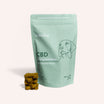


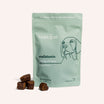
![Probiotics For Dogs [Soft Chews] - HolistaPet](http://www.holistapet.com/cdn/shop/files/Probiotic-Infographic-1_472d7a29-e30c-435a-9638-1365d8c3a9f9.jpg?v=1725384841&width=104)
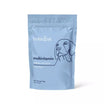








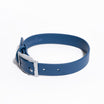

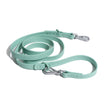

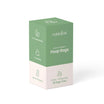
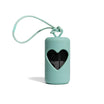






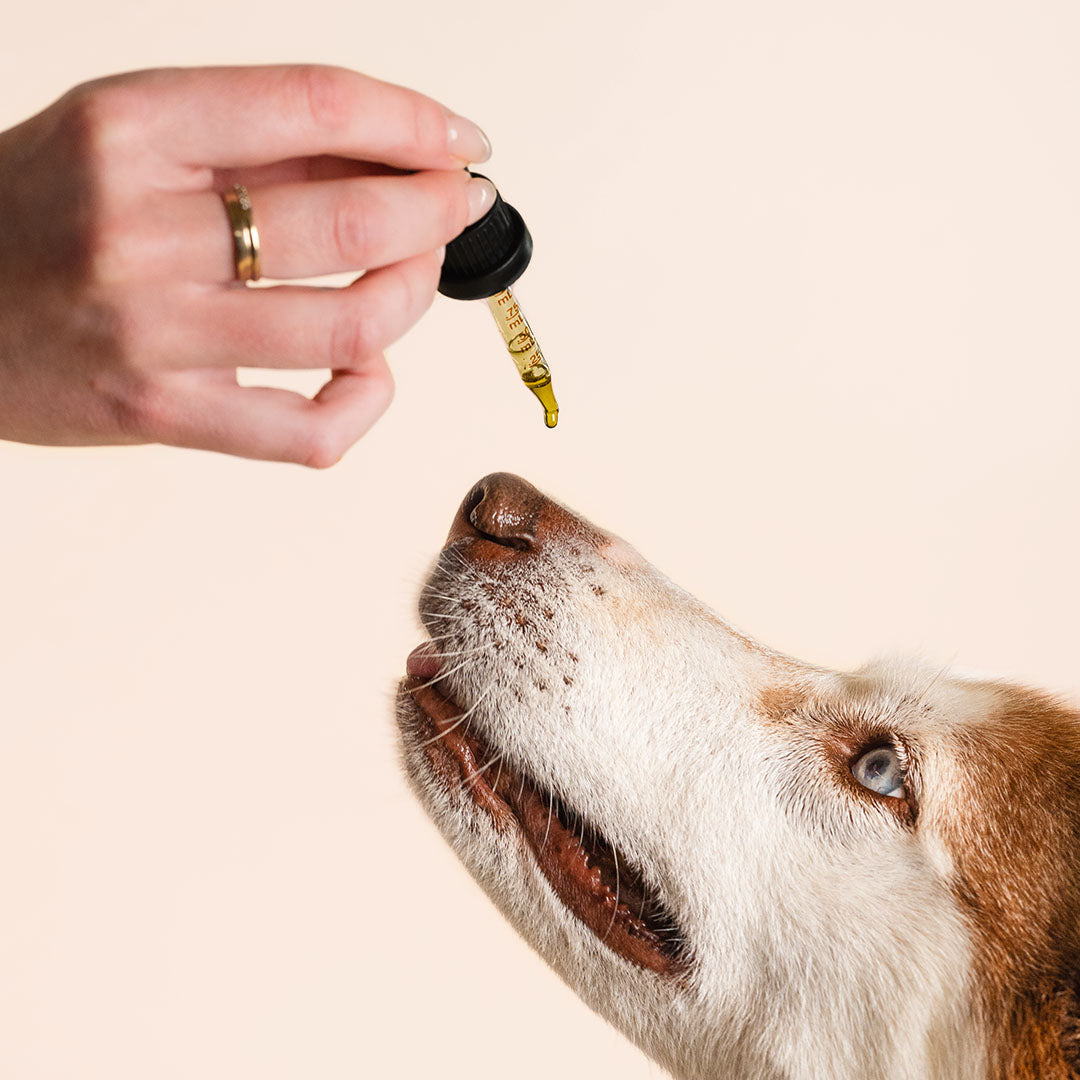


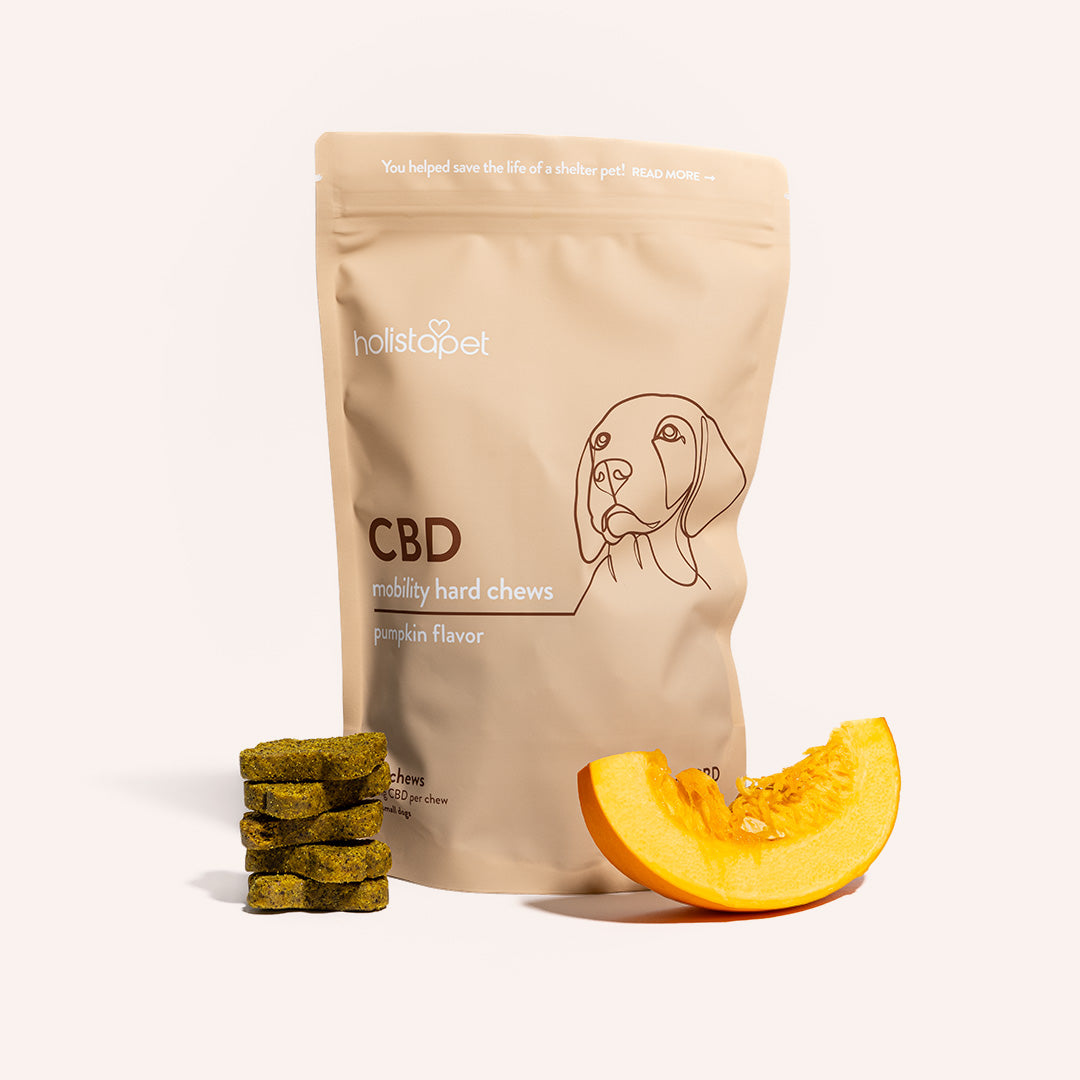


Leave a comment
All comments are moderated before being published.
This site is protected by hCaptcha and the hCaptcha Privacy Policy and Terms of Service apply.